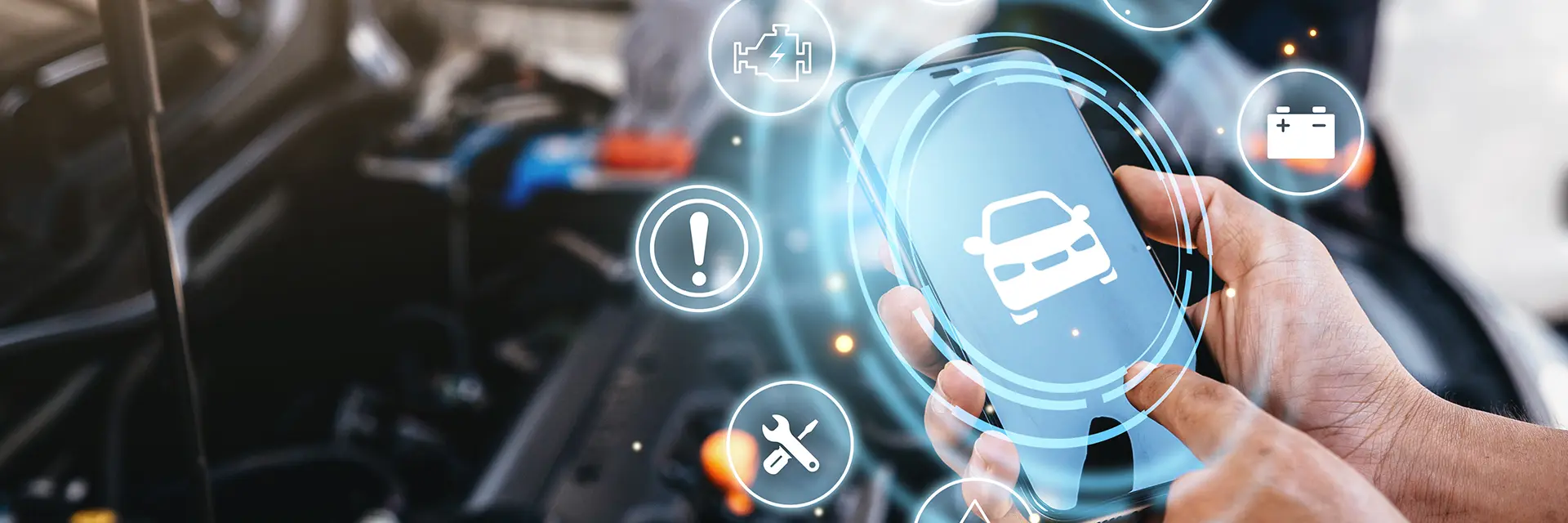What Should Be Included in Regular Car Maintenance?
Regular car maintenance should include a combination of routine checks and replacements and is essential for keeping your vehicle running smoothly, maximizing its lifespan, and ensuring your safety on the road. By staying proactive with maintenance tasks, you can prevent costly repairs and breakdowns down the line. In this comprehensive guide, we'll outline the key components of regular car maintenance, why each is important, and how often you should perform them.
1. Oil Change
Regular oil changes are fundamental to engine health. Engine oil lubricates moving parts, reduces friction, and helps dissipate heat. Over time, oil breaks down and becomes less effective, potentially leading to engine wear and decreased performance. Here's what to consider:
- Frequency: Follow your manufacturer's recommendations, typically every 5,000 to 7,500 miles or every 6 months, whichever comes first. This interval may vary based on driving conditions and oil type.
- Tasks: Change oil, replace oil filter, check for leaks.
2. Tire Maintenance
Proper tire maintenance is crucial for safety, fuel efficiency, and tire longevity. Neglected tires can lead to blowouts, poor handling, and increased fuel consumption. Here’s what to do:
- Pressure: Check tire pressure monthly and before long trips. Use the recommended PSI (pounds per square inch) as specified in your vehicle’s manual or on the driver’s side door jamb.
- Tread Wear: Inspect tires regularly for signs of uneven wear or damage. Rotate tires every 5,000 to 7,500 miles to promote even wear.
- Alignment and Balancing: Have the alignment checked annually or if you notice steering wheel vibration or uneven tire wear.
3. Brake Inspection
Brakes are critical for vehicle safety. Regular inspections ensure they function properly and can prevent costly repairs. Key considerations include:
- Brake Pads: Check brake pads for wear (usually every 20,000 to 60,000 miles depending on driving habits). Replace pads if they are worn down to 1/4 inch or less.
- Brake Fluid: Inspect brake fluid level and condition. Replace brake fluid as recommended by your vehicle manufacturer (typically every 2 to 3 years).
- Rotors: Check brake rotors for warping or damage. Replace if necessary to maintain optimal braking performance.
4. Fluid Checks and Changes
Various fluids in your car need regular inspection and replacement to ensure proper function and longevity of components. These fluids include:
- Coolant: Inspect coolant level and condition. Flush and replace coolant as recommended by your vehicle manufacturer (usually every 2 to 5 years).
- Transmission Fluid: Check transmission fluid level and condition. Replace transmission fluid as specified in your vehicle’s manual (typically every 30,000 to 100,000 miles).
- Power Steering Fluid: Inspect power steering fluid level and condition. Top up or replace as needed according to manufacturer recommendations.
- Other Fluids: Include windshield washer fluid and brake fluid in your regular checks. Top up or replace as necessary.
5. Air Filter Replacement
The air filter prevents dirt and debris from entering your engine, ensuring optimal performance and fuel efficiency. Replace the air filter:
- Frequency: Every 15,000 to 30,000 miles or as recommended by your vehicle manufacturer.
6. Battery Maintenance
A properly functioning battery is essential for starting your vehicle and powering electrical components. Perform the following maintenance tasks:
- Inspection: Check battery terminals for corrosion and clean them if necessary.
- Testing: Test battery voltage and replace the battery if it's old or not holding a charge.
7. Inspect Belts and Hoses
Belts and hoses play crucial roles in the operation of your engine and other systems. Inspect them regularly for wear, cracks, or leaks:
• Timing Belt: Replace as recommended by your vehicle manufacturer (typically every 60,000 to 100,000 miles).
• Drive Belts: Check for wear and proper tension. Replace as needed.
• Coolant Hoses: Inspect hoses for leaks, cracks, or bulges. Replace if damaged.
8. Check Lights and Wipers
Ensure all exterior and interior lights are functioning properly, including headlights, brake lights, turn signals, and interior lights. Replace bulbs as needed:
- Wiper Blades: Inspect wiper blades for wear and tear. Replace blades if they streak or leave streaks on the windshield.
9. Scheduled Maintenance and Inspections
Follow your vehicle manufacturer’s recommended maintenance schedule outlined in your owner's manual. This schedule includes periodic inspections and services specific to your vehicle's make and model:
- Scheduled Services: Include items such as spark plug replacement, fuel system cleaning, and other manufacturer-recommended services.
Regular car maintenance is vital for preserving the performance, reliability, and safety of your vehicle. By following a proactive maintenance schedule and addressing issues promptly, you can extend the lifespan of your car and reduce the likelihood of unexpected repairs. Remember to consult your vehicle’s owner manual for specific maintenance intervals and recommendations tailored to your car's needs.
Investing time and effort in routine maintenance pays off in the form of smoother rides, improved fuel efficiency, and peace of mind knowing your vehicle is in top condition for every journey.


